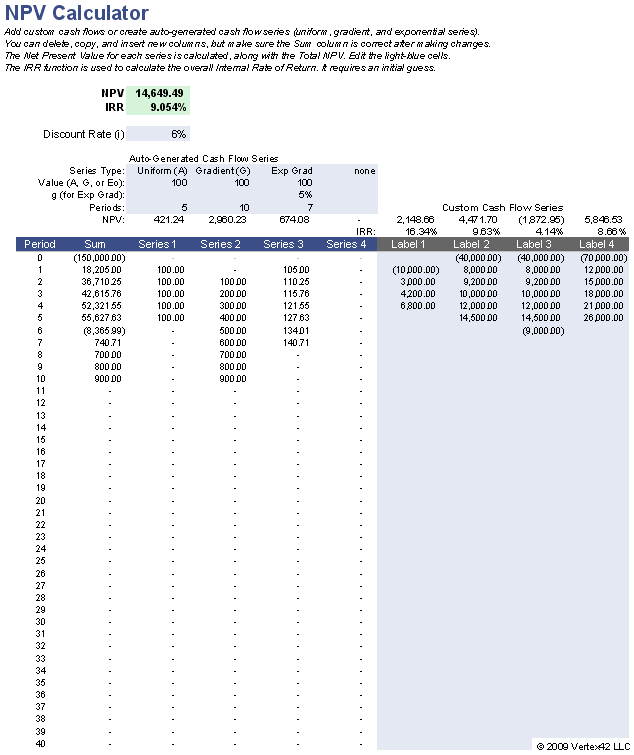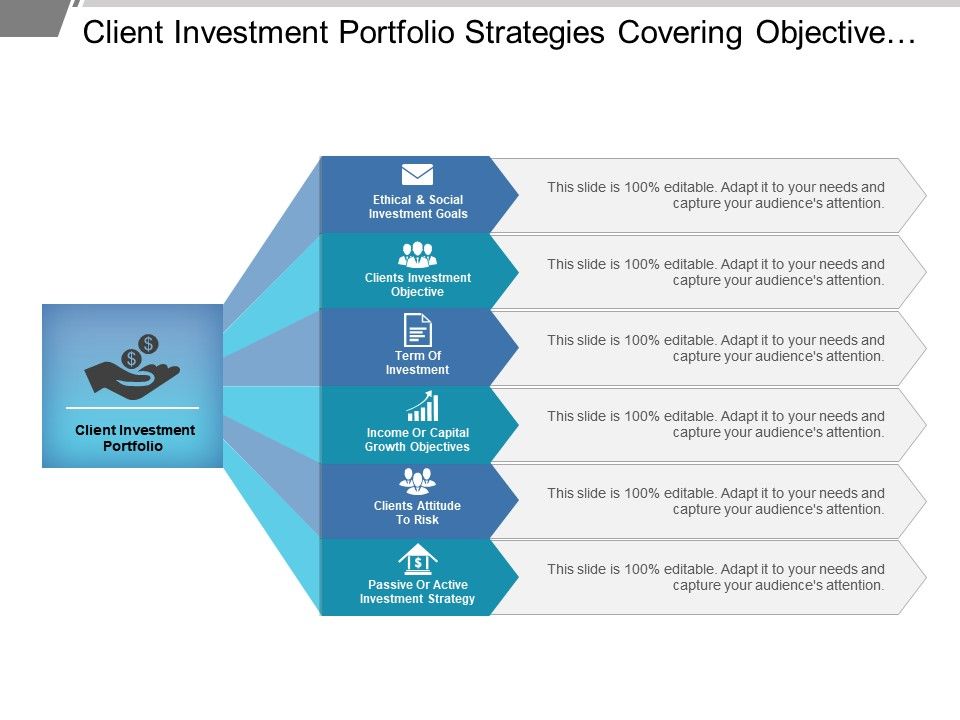Contents:


That’s how you learn whether the stock prices will increase or decrease over time. Despite certain limitations, the Price-Book value ratio is one of the most significant valuation ratios used by value investors for making investment decisions. It offers an effective way of identifying if the stock is overvalued or undervalued. Also, the P/B ratio can be applied in situations when P/E cannot, like when the earnings of the company are negative. If BVPS is negative, in case a company’s total liabilities are more than its total assets, it can be interpreted as balance sheet insolvency. The price-to-book value ratio, also known as the price-equity ratio, is also derived from the book value of an organisation.
- Readers are advised to exercise discretion and should seek independent professional advice prior to making any investment decision in relation to any financial product.
- The company’s past financial statements will help you find out the depreciated values.
- The price-to-book ratio (P/B Ratio) is a ratio used to compare a stock’s market value to its book value.
- This means despite losses; investors are still paying 35.14 rupees for one rupee of assets.
This Agreement describes the terms governing the usage of the facilities provided to you on the Website. Clicking “I Agree” to “Terms & Conditions”, shall be considered as your electronic acceptance of this Agreement under Information Technology Act 2000. Is owned by Aditya Birla Management Corporation Private Limited and the same is used herein under the License by Aditya Birla Capital Limited and its subsidiary companies (collectively hereinafter referred to as “ABC Companies”). Aditya Birla Capital Limited is the holding company of all financial services businesses. To understand the term ‘Book Value per Share’ one must understand what Book Value means. It literally means the carrying ‘value’ of a business as per its ‘books’ of accounts.
Book Value per Share: Meaning, Formula, and More Essential Insights for Investors
All disputes with respect to the distribution activity, would not have access to Exchange investor redressal forum or Arbitration mechanism. Book value per share depicts the accounting value of each share of stock of any listed company. So the valuation will remain unchanged if there is no transactions of issue of bonus, dividend, purchase, re-purchase of equity shares.

The ideal P/B ratio for most of the industry is 1 or lower, but investors generally consider companies that have pb ratio under 3 or 1. Overvalued stocks will generally have a combination of low return on equity and high price to book ratio. However, a price to value of less than 3 is also accepted among value investors. Intangible assets like patents, intellectual property, goodwill etc are not included while calculating a company’s book value.
The formula for Calculating the Book Value Per Share
Hence, it becomes difficult to point out genuine bvps formula opportunities in stock markets analysed in detail. If someone wants to invest in a company with types of equipment as its significant assets rather than land or building, one needs to look into more parameters than just the P/B Ratio to make a worthy choice. When a company depreciates an asset slower than its market value, it is trying to manipulate its P/B Ratio to lure investors into its value trap. First, investors immediately label it as an undervalued company and dive right into investing in it.
While there’s no guaranteed method to spot a multibagger stock, you can use the PBV ratio to select stocks trading at low valuations to ensure you have a margin of safety while investing. The PBV ratio is important as it helps in understanding whether the stock seems reasonable as compared to its balance sheet. With a wealth of experience as a content writer at Tickertape, Aayushi is passionate about simplifying complex investment modules for the platform’s audience. Her writing offers a fresh perspective on the financial world, keeping readers captivated with the latest industry developments. Aayushi’s ability to break down financial jargon into easily digestible content sets her apart as a writer who truly understands the needs of her readers.
Although accountants on a financial sheet cannot quantify reputation, it can be used to draw investments. Depreciation is also taken into account in the book value of the company’s assets on the balance sheet. It tries to align the company’s book value with its actual worth. Usually, book value is expressed as a price per share, calculated by dividing total shareholder equity by the total number of outstanding common stock shares. PB ratio compares a company’s stock price with the book value of its assets.
What does P/B ratio tell us about stock value?
Thus, the book value is not an appropriate choice in such a situation. That’s why as an investor, you should always look at the book value of the company and the price/book ratio to make the decision. Book value represents the net asset value of a company for every share. This enables you to compare different companies while learning how to purchase shares online.
You shall not assign your rights and obligations under this Agreement to any other party. The Website may assign or delegate its rights and/or obligations under this Agreement to any other party in future, directly or indirectly, or to an affiliated or group company. We reserve the right to terminate access to this Website at any time and without notice. Further this limited license terminates automatically, without notice to you, if you breach any of these Terms of Use.
Example of Book Value per share
All investment decisions shall be taken by you in your sole discretion. You are advised to read the respective offer documents carefully for more details on risk factors, terms and conditions before making any investment decision in any scheme or products or securities or loan product. You can use execution platform/services with any third party as deem fit and proper, and there is no compulsion to use the execution services through this Website. Calculating a company’s value per share using equity accessible to common shareholders is possible using the book value per share formula. It’s also known as stockholder’s equity, owner’s equity, shareholder’s equity, or just equity, and it refers to a company’s assets minus its liabilities.
This means despite losses; investors are still paying 35.14 rupees for one rupee of assets. The formula for determining book value is one where book value is defined as the difference between a company’s total assets and its total liabilities. For example, the value of an asset on a company’s balance sheet often reflects what the firm paid for the asset. The best example of this is property, which typically increases in value over time. In this case, the true book value is higher than what the financial statements imply.
Price to Book Value and Return on Equity (ROE)
This Website may be linked to other websites on the World Wide Web that are not under the control of or maintained by ABCL. Such links do not indicate any responsibility or endorsement on our part for the external website concerned, its contents or the links displayed on it. These links are provided only as a convenience, in order to help you find relevant websites, facilities and/or products that may be of interest to you, quickly and easily. It is your responsibility to decide whether any facilities and/or products available through any of these websites are suitable for your purposes. Information published on the Website may contain references or cross references to products, programs and facilities offered by ABC Companies/third parties that are not announced or available in your country.
For example, if the p/b ratio is equal to 2, we can say that the shares are overvalued. The book value of equity is calculated after deducting the liabilities of a company from its assets. As a part of understanding how to buy and sell shares online, it is important to learn what is book value in share market and its calculation.
Stock broker is also required to disclose these client bank accounts to Stock Exchange. Hence, you are requested to use following client bank accounts only for the purpose of dealings in your trading account with us. The details of these client bank accounts are also displayed by Stock Exchanges on their website under “Know/ Locate your Stock Broker”. A company’s book value can be significantly impacted by its financial reporting, particularly depreciation-related.
Using Price-to-Book Ratio to Analyze Stocks – The Motley Fool
Using Price-to-Book Ratio to Analyze Stocks.
Posted: Wed, 09 Dec 2020 15:09:18 GMT [source]
In a roundabout way, it is the book value of shareholder’s equity. Your right to use the facilities is personal to you; therefore, you agree not to resell or make any commercial use of the facilities. In addition, the Website welcomes your feedback as a user of the facilities. We may provide you with various money solutions and options which are generally available basis your investment profile or those which are generally held by persons of similar investment profile.
For example, a stock with a PBV ratio of 2 means that we pay Rs 2 for every Rs. 1 of book value. Simply put, a book value of shares is a company’s equity value in financial statements. It is the company’s total assets subtracted from its liabilities and intangible assets . Generally, a high ROE is accompanied by a growing P/B as investors expect book value per share to grow with increasing ROE which will further bid up the market price of the company. So, if the company has a high P/B ratio and relatively low ROE, it would ultimately shrink the share price. Given two otherwise similar companies, the one with a higher ROE will have a higher P/B ratio.
A company’s book value, or shareholders’ equity, is divided by the number of outstanding shares to arrive at its dividend per share . On websites that offer reliable market data, you may obtain the number of shares outstanding. Book value measures what an asset or company would be worth if sold today, minus any outstanding liabilities or debts. This figure can help investors assess whether a particular investment has potential upside or downside risk based on its current price relative to its book value. However, there is a limitation to the use of the PB ratio for companies that possess mainly intangible assets. Think about companies whose fundamental assets are its idea innovation, patents, or brand awareness.
Some value investors and financial analysts also consider any value under 3.0 as a good PB ratio. However, the standard for “good PB value” varies across industries. For example, a PB ratio of below 1.0 could be considered as indicative of undervalued stock in the IT industry. In contrast, it could be regarded as negative for the oil and gas industry. Many investors and investment managers use this metric to determine optimal asset allocation and which assets are undervalued and overvalued. And it is also widely used to compare banks, because in banks most of the assets and liabilities are constantly valued at market values.
Equitable Group (TSE:EQB): A Top-Notch Canadian Bank Stock – TipRanks
Equitable Group (TSE:EQB): A Top-Notch Canadian Bank Stock.
Posted: Mon, 20 Mar 2023 07:00:00 GMT [source]
The market price, as opposed to book value, indicates the company’s future growth potential. When computing ROE on a per-share basis, book value per share is also utilized in the calculation. In contrast to book value per share, enterprise value considers the market value of a company’s stock as well as its debt. Book value per share is conceptually comparable to net worth, i.e., assets less debt, and may be seen as an indication of what would happen if operations were to come to an end.
The calculation of book value per share of a company is based on the common stockholders’ equity, while the preferred stock is excluded from the value of equity. The exclusion is because preferred stockholders are given preference over common stockholders in case of company’s liquidation. The BVPS represents the value of equity remaining after repaying all debts and liquidating the company’s assets. A part of a company’s profits may be used to purchase assets that raise both common equity and BVPS at the same time. Alternatively, it may utilize the money it takes to pay down debt, increasing both its common equity and its book value per share . A second method to boost BVPS is by repurchasing common stock from existing owners, and many businesses utilize their profits to do so.
